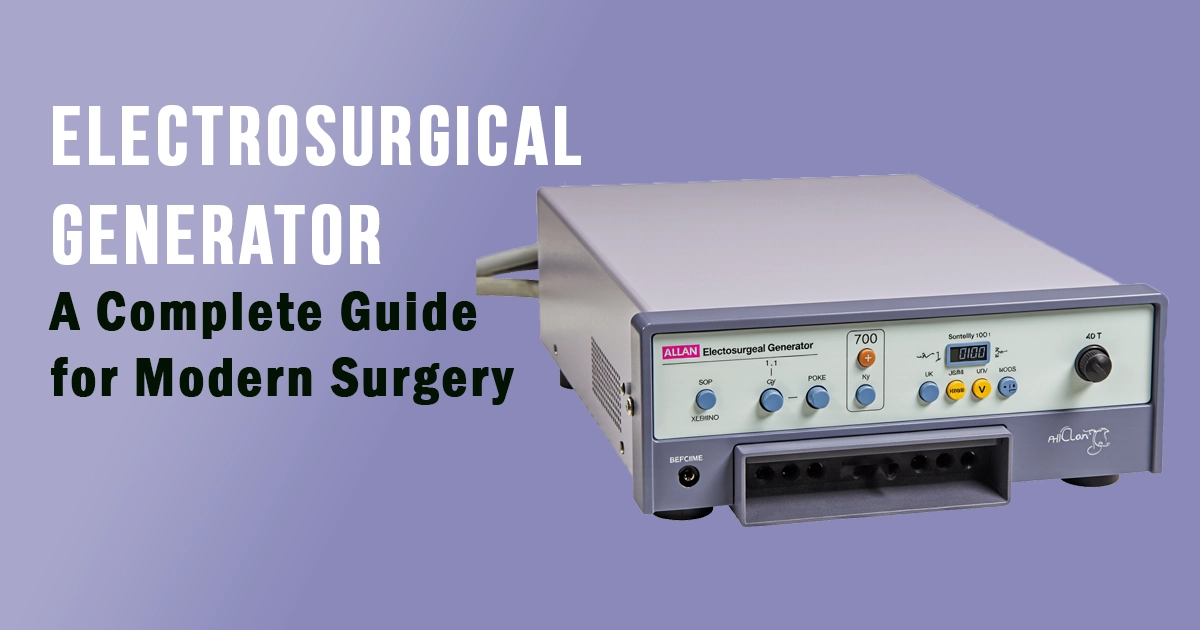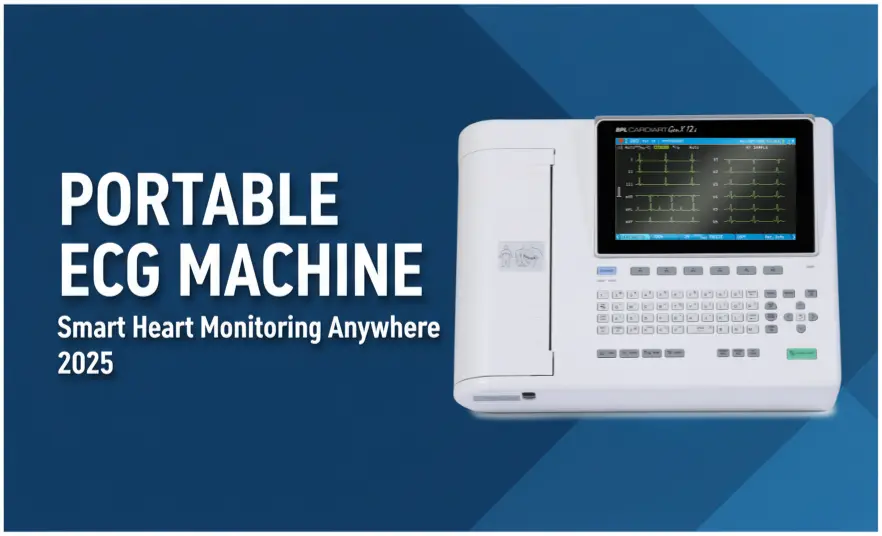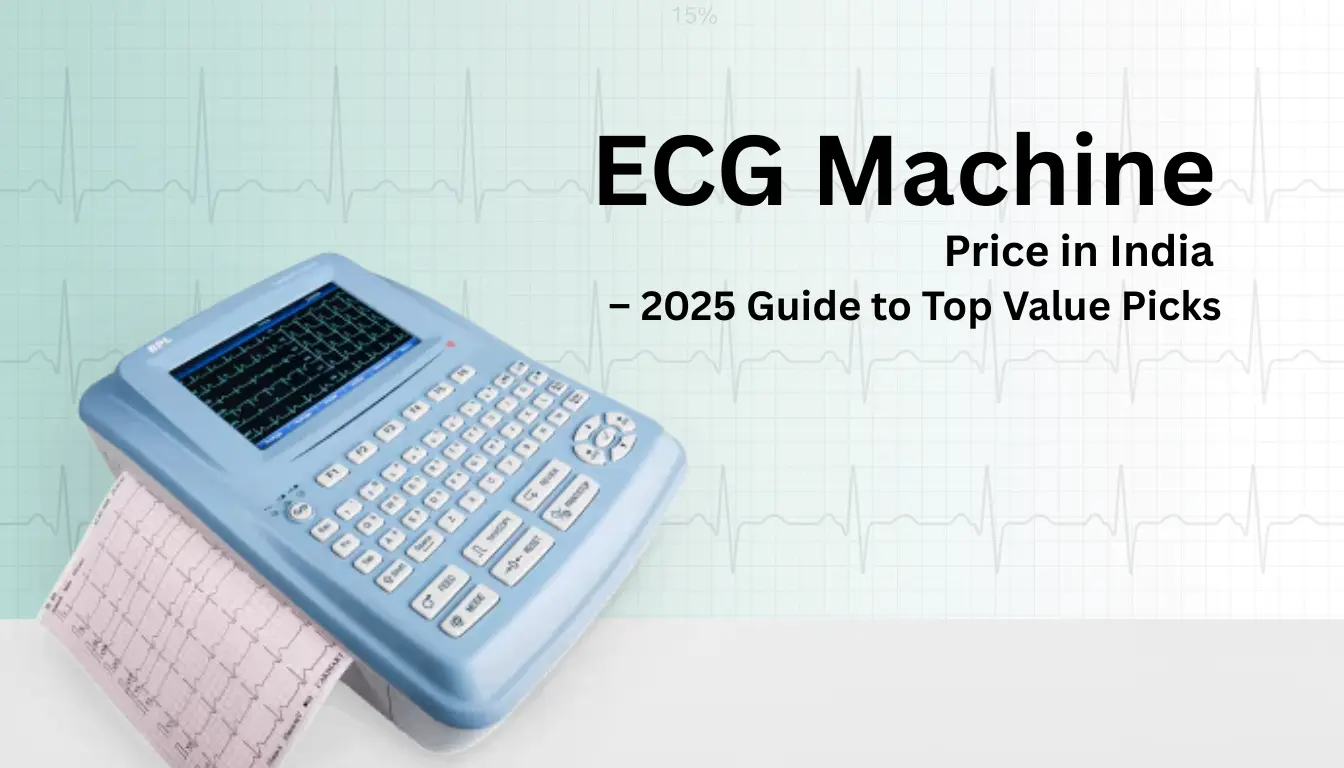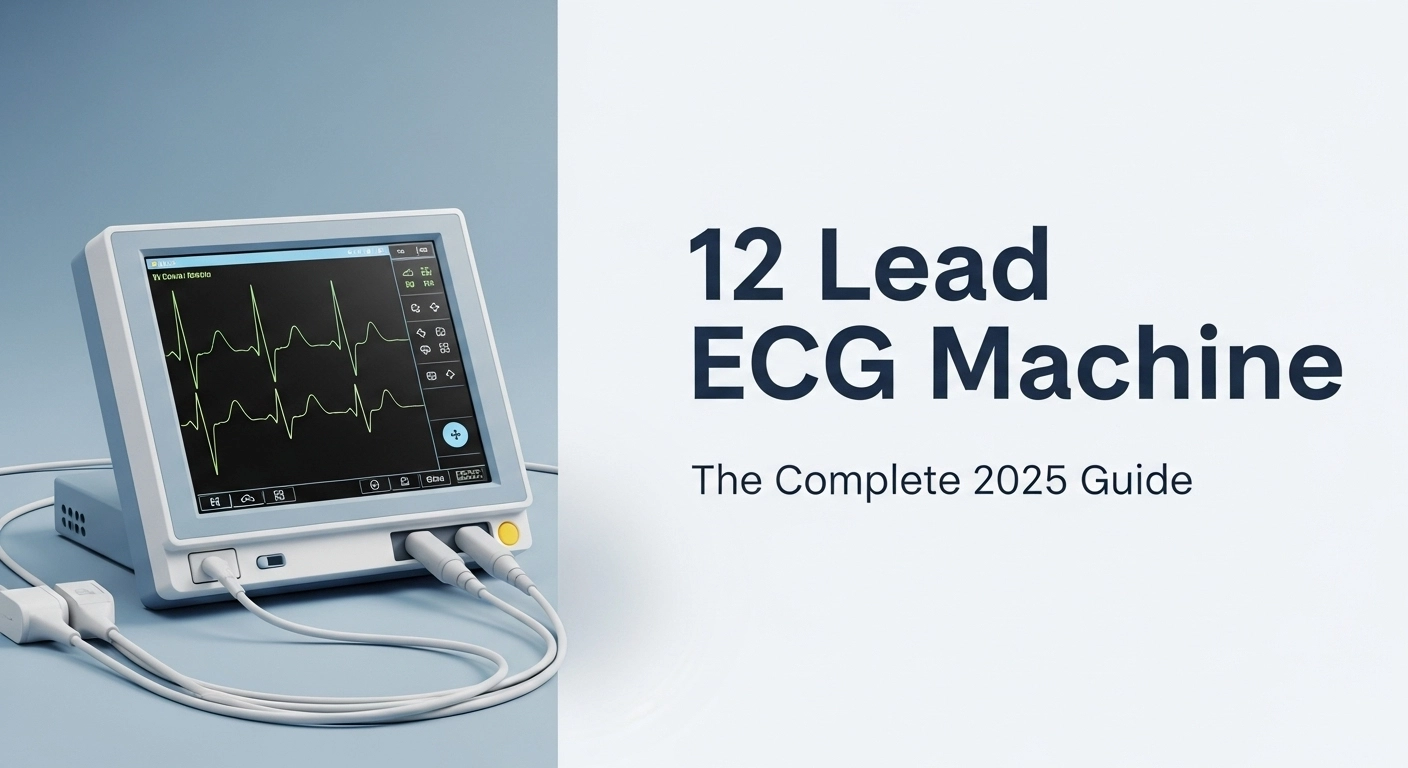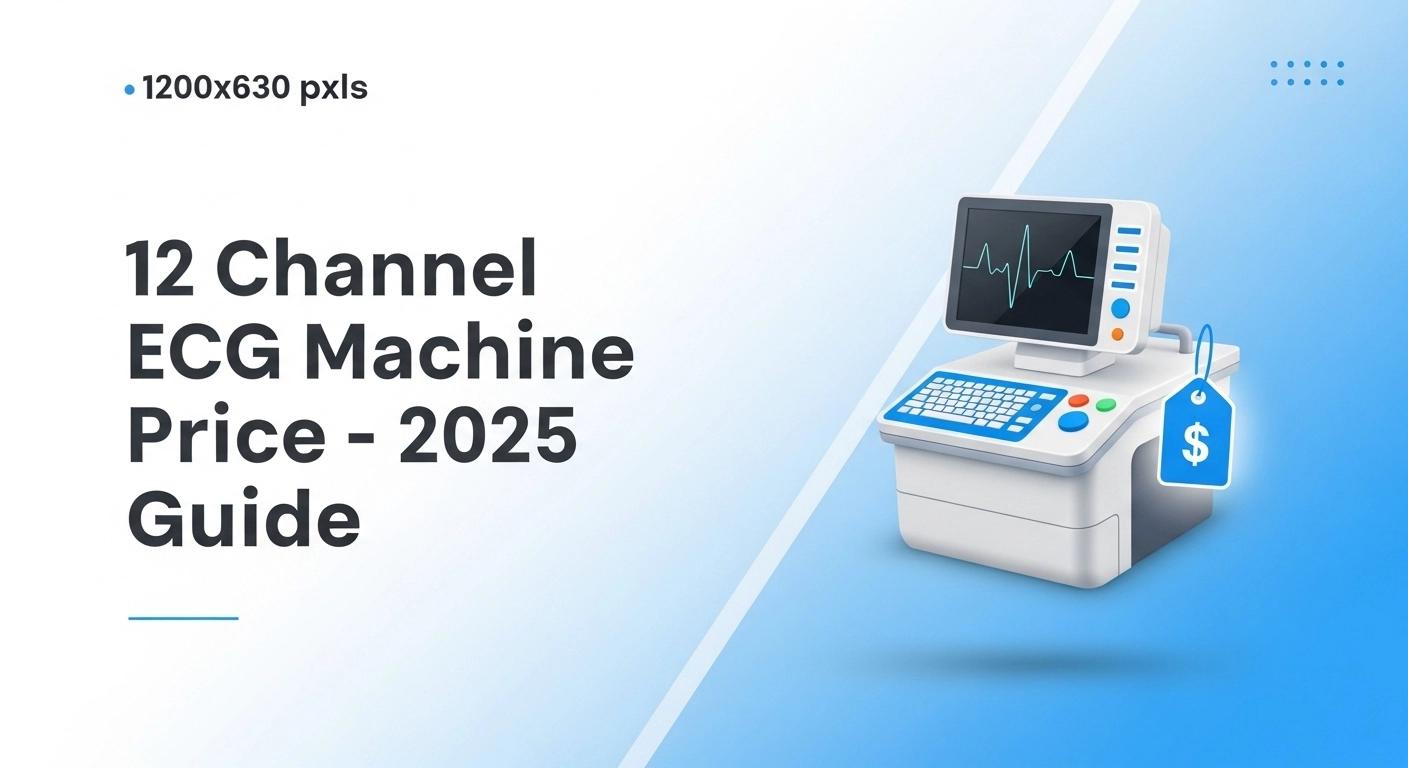Learn how an electrosurgical generator works, its benefits, and safety features. A complete 2025 guide for medical professionals.
Electrosurgical Generator: A Complete Guide for Modern Surgery
Introduction
An electrosurgical generator is one of the most essential devices in modern operating rooms. It helps surgeons cut, coagulate, and cauterize tissue using controlled electrical energy. Whether it’s a simple skin procedure or a complex heart surgery, this tool ensures precision and safety.
In this guide, you will learn how an electrosurgical generator works, its major benefits, and what to look for when choosing one. The aim is to make electronics in surgery simple and understandable for every medical professional.
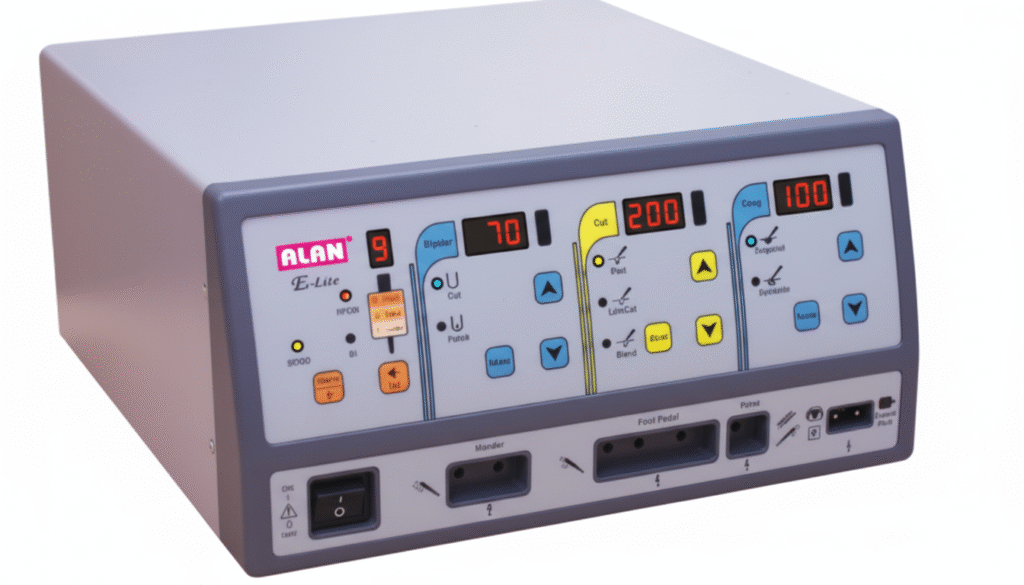
What Is an Electrosurgical Generator?
An electrosurgical generator is a medical device that converts electrical energy into heat for tissue modification. It allows surgeons to perform cutting and coagulation with high accuracy and minimal bleeding.
These generators are widely used in dermatology, gynecology, ENT, orthopedics, and cardiovascular surgery.
How an Electrosurgical Generator Works
The generator produces high-frequency electrical currents, usually between 300 kHz and 3 MHz.
Examples of functions include:
- Cutting: Continuous waveform vaporizes tissue for smooth incision.
- Coagulation: Intermittent waveform prevents bleeding by clotting blood vessels.
- Blended Modes: Combine cutting and coagulation for versatile surgical needs.
This energy transfer is controlled through hand tools like electrodes or probes connected to the machine.
Key Features and Components
Modern electrosurgical generators are designed with advanced safety and control systems. Key components include:
- Control Panel – Displays power settings and modes
- Power Circuit – Regulates frequency and intensity
- Output Connection – Delivers current to electrodes
- Return Electrode – Maintains patient safety by completing the electrical circuit
- Alarm System – Warns against unsafe conditions
Many devices now feature adaptive response technology that adjusts to tissue resistance automatically.
Types of Electrosurgical Generators
There are two main types:
- Monopolar Electrosurgery: Current flows from an active electrode through the body to a return electrode. It’s suitable for large tissue areas.
- Bipolar Electrosurgery: Current flows between two electrodes placed close together, suitable for delicate procedures like neurosurgery.
Benefits of Using Electrosurgical Units
- Minimizes blood loss
- Speeds up surgery time
- Reduces risk of infection
- Enhances precision and control
- Provides multi-mode operation for versatility
These features make electrosurgical equipment vital in modern medical practice.
Safety Tips and Maintenance
Safety is critical when using an electrosurgical generator. Follow these steps:
- Check all cables and electrodes before every procedure.
- Use proper grounding techniques.
- Avoid using near flammable gases.
- Regularly calibrate the generator.
- Clean and sterilize accessories after each use.
Routine maintenance not only prevents malfunction but also extends the lifespan of the device.
Applications in Surgery
Electrosurgical generators are used in:
- General surgery for tissue excision
- Cosmetic surgery for skin tightening
- Gynecology for endometrial ablation
- ENT for tonsil and nasal surgeries
- Dental procedures for gum reshaping
Each specialty benefits from reduced bleeding and quicker healing.
FAQ Section
Q1: What are the main uses of an electrosurgical generator?
It is used for cutting, coagulation, desiccation, and tissue ablation during surgical procedures.
Q2: Is electrosurgery safe for patients?
Yes, it is safe when proper grounding and safety protocols are followed. Advanced models include auto-adjustment features to improve safety.
Q3: How often should the device be serviced?
Routine maintenance is recommended every six months or after every 100 procedures.
Q4: Can it be used for outpatient surgery?
Yes. Portable models are available for clinics and small facilities.
Q5: What accessories are required?
Electrodes, return pads, footswitches, and handpieces are essential accessories.
Conclusion
An electrosurgical generator is a cornerstone of precision surgery. It helps physicians operate efficiently, reduce bleeding, and ensure quick recovery for patients. With correct usage, maintenance, and selection, this tool will continue to revolutionize surgical care well into the future.
